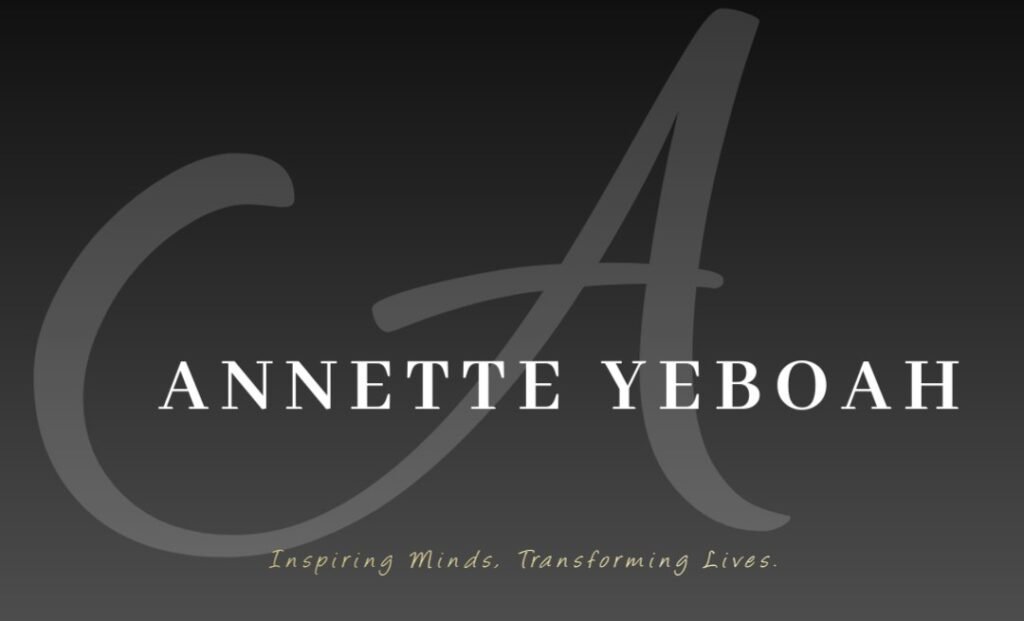The Paradox of Feeling Invisible
OK so here’s the thing. You can be surrounded by people and still feel completely invisible. Lonely in a Crowded World isn’t just a metaphor—it’s real. I know this sounds dramatic but hear me out.
We’re living in this weird time where your phone buzzes every five seconds, everyone’s liking everyone’s stuff, group chats are going off at 2am. But something’s missing? It’s not the noise. God knows we have enough noise. It’s presence. Real presence.
Hiding in Plain Sight: A Widespread but Silenced Struggle
I think loneliness has become this massive thing that nobody wants to talk about. It’s not just affecting a few people anymore. It’s everywhere. Cities, churches, schools, your neighbor’s house. Though maybe not everywhere equally? I don’t know, I’m still figuring this out.
Here’s what I do know: loneliness isn’t just about being alone. That’s the obvious part. It’s about feeling emotionally cut off even when you’re in the middle of a crowd. And honestly? It messes with your heart, your head, your whole body. It’s been growing quietly, feeding off how we live now.
Connection Lost: How Modern Life Breeds Isolation
This might sound preachy but… modern life is designed around being efficient, private, independent. We celebrate these things! But what did we give up for them?
The Disappearing Depth of Human Relationships
Think about it. When’s the last time you had a real conversation that just happened? Not scheduled, not planned. Those deep connections that used to form around dinner tables, working together, telling stories in the neighborhood, going to church together, they’re just gone. Or mostly gone.
Technology was supposed to make communication easier. And it did! But connecting? That’s harder now. We’re staring at screens instead of faces. Everything’s scheduled instead of spontaneous.
Urban Africa: A Changing Landscape of Community
I’ve been thinking about this especially in places like African cities. The urban middle class are going through this shift right now and it looks brutal. All these traditional values about living together, being community, that used to be the foundation of life in towns and villages. Now it’s getting traded for more Western ideals.
But wait, that’s not fair to say about everywhere. Rural communities still have it figured out in a lot of places. Extended families, tight neighborhoods where people actually know each other. Face-to-face living. Shared rhythms. But urbanization and technology and this push toward individualism, you can’t ignore what that’s doing.
A Personal Story: Ama’s Urban Loneliness
There’s this woman, Ama, in Accra. She moved from a small town in the Volta Region for work. Professional, successful. Goes to church, works in a busy office, lives in this packed apartment building. But she told someone she feels “surrounded but alone.” And that’s not rare anymore.
The African Development Bank says over 50% of people on the continent live in cities now. And with that shift comes reports of social fragmentation, emotional isolation in the big cities. The numbers don’t lie.
The Hidden Clock: When Loneliness Begins
Here’s something that surprised me: loneliness doesn’t wait until you’re old and forgotten. It starts young. Like, teenager young.
The Illusion of Connection Among Youth
Social media I know everyone says this but it’s true. It’s marketed as connection but really, it’s comparison. Self-editing. Young people spend hours scrolling through other people’s highlight reels, then go to bed with nobody who actually knows them. Really knows them.
Adulting Without Anchors
Your 20s and 30s? Life moves so fast. New jobs, new cities, new relationships. But where’s the depth? Adult life is so busy there’s no room for real friendship. Even in churches and youth groups… and I hate saying this because I love the church but even there, all the activity can keep people together physically but separate emotionally.
By middle age you’re surrounded by colleagues, family, maybe ministry responsibilities. But still disconnected. And old age? The silence gets louder. Kids move away, friends die, communities scatter.
When Survival Overshadows Connection
Now I need to be honest about something. If you’re struggling just to survive, loneliness might not be your biggest problem. When you’re worried about putting food on the table or keeping a roof over your head, emotional isolation takes a backseat. But even then the longing to be seen and heard is still there.
The World Health Organization found loneliness increases your risk of dying early by 26%. Heart disease risk goes up 29%. Stroke risk, 32%. These aren’t small numbers.
Alone in Different Ways: Gender and Loneliness
Women and men experience this differently. Not always, but often enough that it’s worth talking about.
The Emotional Weight Women Carry
Women tend to express it more. They’re carrying all this emotional weight, taking care of families, managing relationships, supporting everyone else. But who’s seeing them? Mothers can feel completely isolated in houses full of noise and chaos. Older women feel forgotten after decades of service.
The Quiet Isolation of Men
Men though suffer quietly. Most were taught not to show need or emotion. Guy friendships are usually about doing stuff together, not being vulnerable. So when life shifts, job loss, retirement, divorce a lot of men find themselves emotionally stranded. The pain is real but they rarely talk about it.
But I’m being too general here. Culture matters. Age matters. Individual experience matters. Can’t assume this applies to everyone.
Loud or Quiet, We All Get Lonely
People think loneliness is for quiet people. Introverts. That’s wrong.
An introvert can be alone and completely fulfilled. An extrovert can be the loudest person in the room and totally disconnected. Personality shapes how you express connection but it’s not what causes the wound.
The Extrovert’s Invisible Pain
Actually, extroverts might suffer more invisibly. They’re seen, heard, always “on.” So their emotional hunger gets overlooked. They perform connection without experiencing it. Their loneliness hides behind laughter and gatherings and constant busyness.
Both types can suffer deeply if their emotional needs aren’t met. Nobody’s immune.
What Loneliness Costs: Body, Mind, and Spirit
This doesn’t just hurt your feelings. It touches everything. Your body, your mind. Studies link it to depression, anxiety, weak immune system, heart disease, early death.
Long-Term Health Risks of Isolation
Harvard did this study for over 75 years. You know what they found? Meaningful relationships, not wealth or success, are the strongest predictors of long-term happiness and health.
In 2021, the U.S. Surgeon General called loneliness and social isolation a public health crisis. Said the health impact is like smoking 15 cigarettes a day. That’s Western data, but similar mental health concerns are rising in African countries too. Ghana’s Mental Health Authority reports increase in urban-related stress and emotional isolation.
The Spiritual Loss of Disconnection
But beyond all the science is something more spiritual. Humans were made to belong. To be known, heard, loved. When that’s missing, something sacred starts to dim.
Even in faith communities and this hurts to say… loneliness can hide behind routine. People show up, sing, lift hands, leave without a single personal connection. The church used to be the heartbeat of community life. Too often now it’s another stage for performance instead of a table for real communion.
Not all churches, obviously. Many still do excellent work building genuine fellowship. But there’s a pattern here worth naming.
A Public Story with Private Lessons: Anthony Bourdain
Anthony Bourdain traveled the world, ate with strangers, inspired millions. Beneath the public success was private pain. Despite all the movement, something stayed unresolved. He talked in interviews about feeling like an outsider.
2018, the world was stunned by his suicide. We remember his story not just because he was famous, but because it revealed this hard truth: loneliness can hide behind even the most colorful lives.
His story doesn’t reflect every experience. But it reminds us loneliness can touch anyone, regardless of fame or personality or apparent success.
Can We Relearn How to Belong?
This can’t be solved with an app or a weekend seminar. But it can be resisted. Slowly, deliberately, together.
For more on how faith, purpose, and slowing down can restore our sense of connection, read Who Am I Becoming? A Soulful Reflection on Faith and Purpose.
Simple Steps Toward Connection
Small steps. A call instead of a text. A visit instead of a like. Sharing a meal instead of scrolling alone.
Bring back local gatherings. Use courtyards again. Make churches spaces for listening, not just speaking.
Model vulnerability. When loneliness gets named, it loses some power.
Rebuild community. Not in crowds but in circles. Not in events but in relationships.
Solutions will look different based on culture, age, resources. But the need to be known stays constant. It’s not about going back to the past. It’s about recovering what made the past meaningful: presence.
Make It Personal
This isn’t a soft problem. It’s deep. But it’s not final.
The culture promotes distance but the soul longs for nearness. If connection isn’t built by default anymore, then it has to be built on purpose.
In this noisy world, people who choose to listen, to sit, to stay, to really see they become healers. The loneliness might not end in a day. But it can be interrupted. Sometimes that’s all it takes to begin again.
Start with one thing: Reach out to someone you’ve drifted from. Reclaim a shared space. Offer your presence, not your performance.





